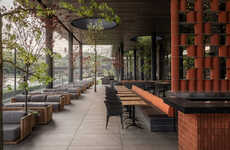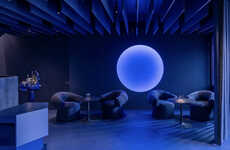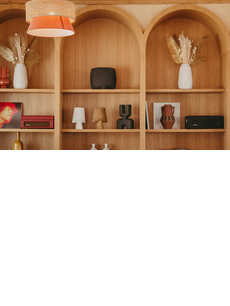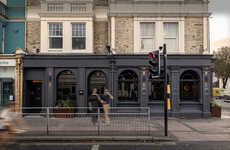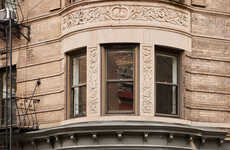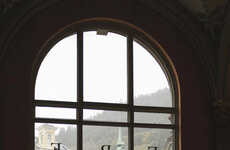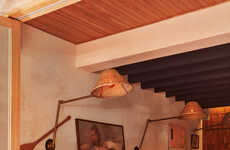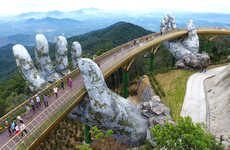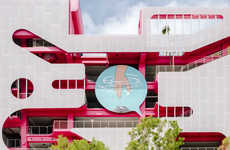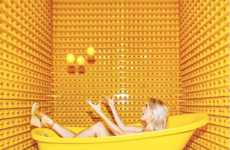
The Terraza Restaurant in Madrid Underwent a Luxe Makeover
Madison Mackay — July 16, 2018 — Art & Design
References: casinodemadrid.es & wallpaper
Staying exactly the same since its establishment in 1836, the Terraza Restaurant received a unique and modern update that has changed the classic space into a must-see tourist spot.
Housed in the grand Calle Alcala, the private club features a rooftop dining experience that is run by executive chef Paco Roncero. The interior features high ceilings that cover a series of bright rooms and arched doorways that still stay true to the traditional architecture. Designer Jaime Hayon injected multiple geometric shapes throughout to add a unique contrast against the classic design features. The reception area has a polished metal chandelier to give all guests a taste of the dining opportunity they are about to take part in.
With harlequin themes, one-of-a-kind pieces of art, bold color schemes, colored glass, checkered flooring and canary yellow seats, the Terraza Restaurant's renovation turned a classic building into a work of art.
Housed in the grand Calle Alcala, the private club features a rooftop dining experience that is run by executive chef Paco Roncero. The interior features high ceilings that cover a series of bright rooms and arched doorways that still stay true to the traditional architecture. Designer Jaime Hayon injected multiple geometric shapes throughout to add a unique contrast against the classic design features. The reception area has a polished metal chandelier to give all guests a taste of the dining opportunity they are about to take part in.
With harlequin themes, one-of-a-kind pieces of art, bold color schemes, colored glass, checkered flooring and canary yellow seats, the Terraza Restaurant's renovation turned a classic building into a work of art.
Trend Themes
1. Rooftop Dining - Opportunity to create innovative rooftop dining experiences with unique design elements and bold color schemes.
2. Geometric Shapes in Interior Design - Incorporating geometric shapes into traditional design to create a contrasting and visually appealing atmosphere.
3. Restaurants as Tourist Attractions - Transforming classic restaurants into must-see tourist spots through renovations that emphasize unique and modern design.
Industry Implications
1. Hospitality - The hospitality industry can explore innovative rooftop dining experiences to attract customers and differentiate from competitors.
2. Interior Design - Opportunity for interior designers to incorporate geometric shapes and bold color schemes into traditional spaces to create visually striking environments.
3. Tourism - Tourism industry can promote renovated restaurants as must-see attractions, attracting tourists and generating additional revenue.
3.2
Score
Popularity
Activity
Freshness


